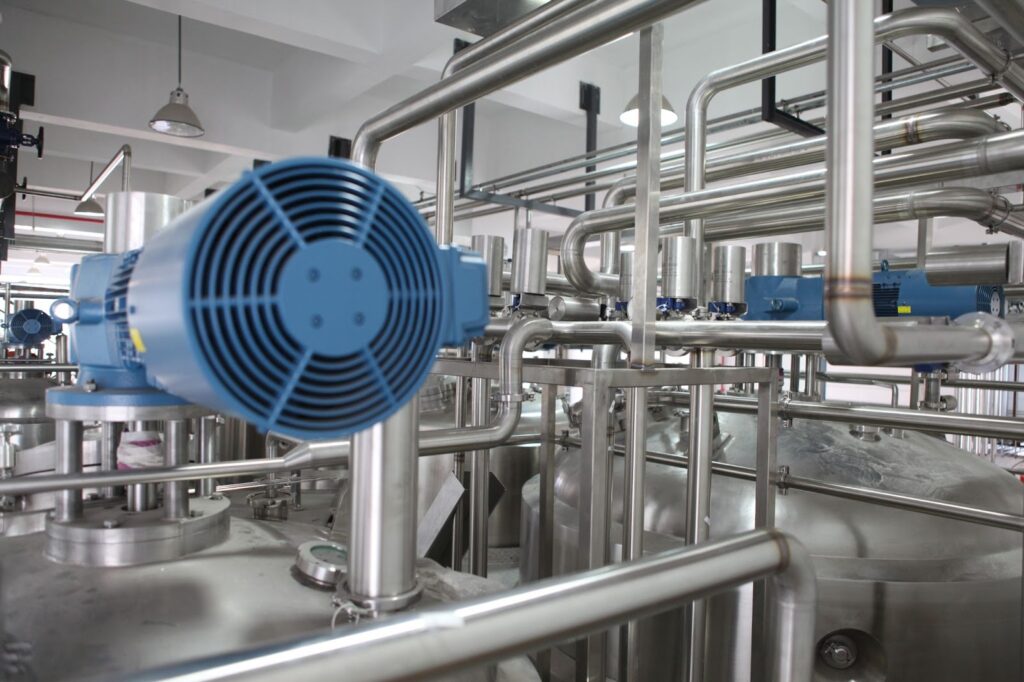Everything You Need to Know About Spill Containment Pallets and Systems

Spill containment is a critical component of many industrial and commercial operations. By definition, spill containment is the use of barriers and devices to prevent or minimise the release of pollutants into the environment. Ineffective spill containment can have significant consequences for human health and the environment, so it is important to select the right type of containment system for your specific application. This article will cover everything you need to know about spill containment systems, explore the different types of spill containment systems available, and provide steps on how to ensure your spill containment systems run smoothly.
Why Do I Need a Spill Containment System?
Spill containment pallets are an important part of spill prevention and response. Anytime a hazardous or non-hazardous liquid is spilled, the potential for environmental damage arises. A spill containment system helps to mitigate the effects of a spill and helps to protect workers and the environment.
A spill containment system can take many forms but typically involves using some type of pallet or tray to collect liquids that have been spilled. This pallet or tray can then be easily cleaned or disposed of. Spill containment pallets are an important part of spill prevention and response and can help to protect workers and the environment from harm.
Types of Spill Containment Systems
There are a variety of different spill containment pallets available on the market, and each one has its own unique set of features. Some of the most important factors to consider when selecting a spill containment pallet include the material from which it is made, the size of the pallet, and the weight capacity.
Pallets and Skids
Pallets and skids are used in spill containment to elevate items off the ground. This helps to prevent liquids from seeping through and allows for easier cleanup. Additionally, pallets and skids can be used to funnel spills into specific areas, which makes cleanup much easier.
Berms
Berms are barriers that can be made from a variety of materials, including plastic, earth, or sandbags. Their purpose is to keep spills from spreading and to direct them into specific areas.
Decks
Decks are similar to berms in that they are barriers, but they differ in that they are elevated off the ground. This allows fluids to more easily flow underneath and helps to prevent spills from spreading.
Trays and Shelves
Trays and shelves are often used to store materials that may spill. This allows for easy cleanup and prevents liquids from spilling onto the ground.
Bags and Over Packs
Bags and over packs are often used in spill containment to store small amounts of fluid. This helps to prevent spills from happening and makes cleanup much easier.
Basins and Pools
Basins and pools are often used to catch fluids. This prevents liquids from spreading across the floor.
Sumps and Drums
Sumps and drums are similar to basins and pools in that they collect liquids. This allows for easy cleanup and prevents liquids from spreading.
Platforms and Workstations
Platforms and workstations are used to provide a safe place for workers to stand while they clean up spills. This helps to prevent them from coming into contact with harmful liquids.
Booms
Booms are used to help contain fluids. They can be made from a variety of materials, including plastic or metal. Their purpose is to help direct spills into specific areas.
Steps for Spill Containment Systems
Spill containment systems are an important part of any workplace, especially those that work with hazardous or poisonous materials. There are a few key steps to keeping spill containment systems functioning properly:
Inspect Your Containers
It is important to regularly inspect your containers for any signs of wear and tear, damage, or leaks. If you notice any issues, take appropriate action to fix them before they lead to a spill.
Use Secondary Containment
If a spill does occur, it’s important to have a secondary containment system in place to minimise the amount of liquid that escapes. This could include using spill pallets, containment berms, or other similar devices.
Use Spill Prevention Equipment
In addition to secondary containment, it is also important to have spill prevention equipment in place. This could include absorbents, spill kits, and so on. Having this equipment ready will help you deal with any accidents that may occur.
What Is the Importance of Spill Containment?
Spill containment is an important safety measure for many industries. There are a variety of spill containment products available, including spill containment pallets. Pallets are a great way to contain spills because they are portable and can be easily moved around the work area. This helps to protect both people and the environment, and they can also be used to store hazardous materials safely.
One of the main benefits of using spill containment pallets is that they minimise the risk of environmental damage. If a spill occurs, the pallet will help to contain it and stop it from spreading. They also help to make cleanup easier if a spill does occur. If you are looking for a way to safely store hazardous materials, then spill containment pallets are a great option.
Summary
Spill containment is an important part of any business, large or small. By taking the proper precautions and using the right spill prevention equipment, you can avoid costly accidents and keep your workers safe. If you’re looking for a reliable and experienced company to help you with your spill containment needs, contact us today. We have a wide variety of products and services to choose from, and we’re always happy to help our clients find what they need to keep their business running safely and smoothly.
